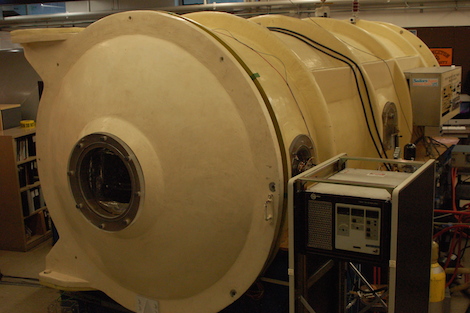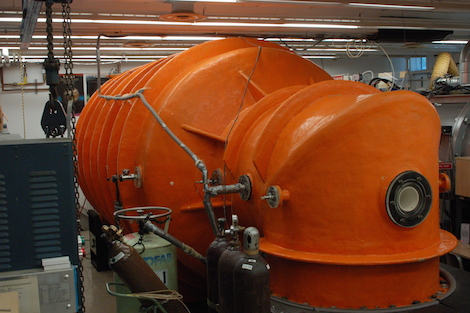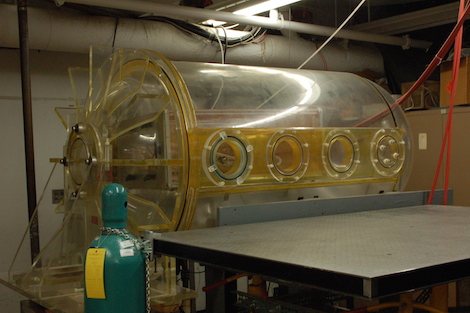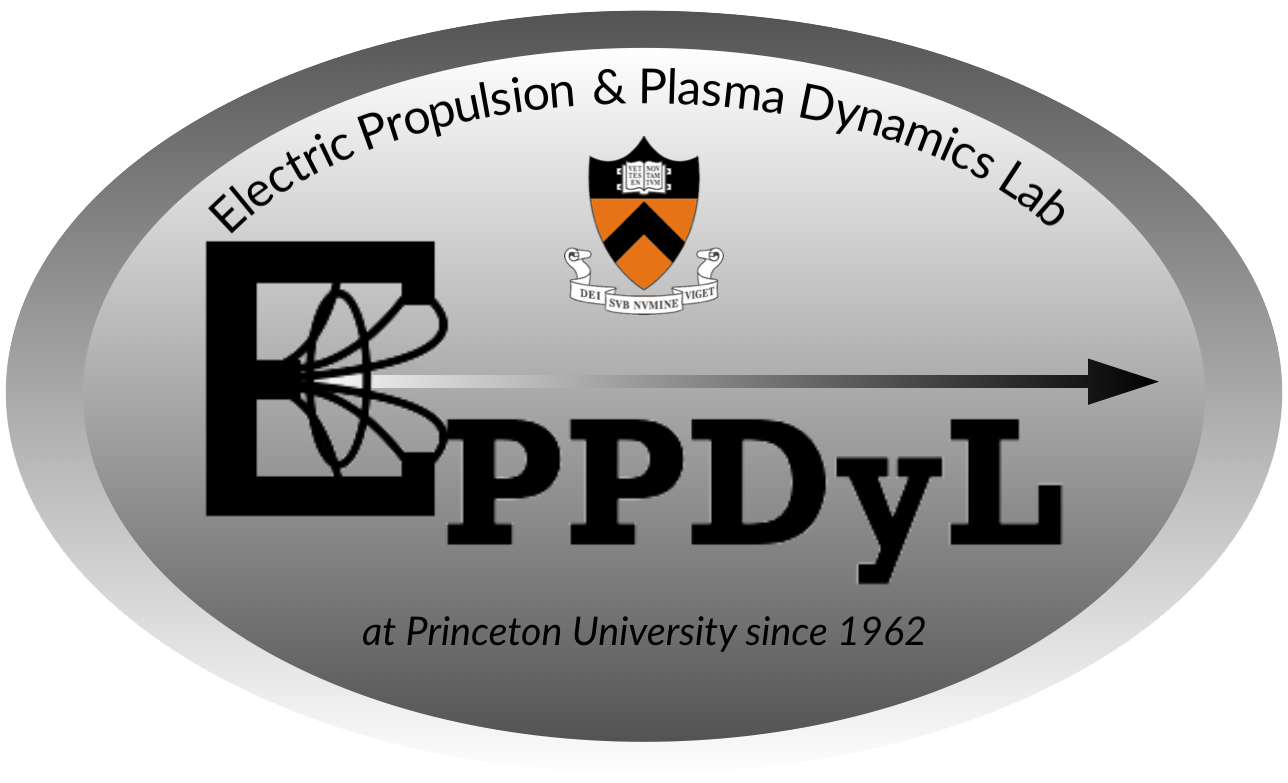Facilities
The Electric Propulsion and Plasma Dynamics Laboratory (EPPDyL) has been continuously operating for more than five decades and has graduated generations of students, many of whom went on to leading positions in the EP community. The laboratory is also a repository of the know-how, results, theses, and publications produced over more than fifty years of research. The list of publications can be found here.
Although the focus of EPPDyL has been traditionally on experimental research, we have put forth considerable effort in the past few years to create a balanced synergy between experimental and theoretical work. The latter encompasses both analytical modeling and numerical simulation. We give here a brief overview of the laboratory’s capabilities in each of these domains.
Four large vacuum facilities are available, all of which are presently fully operational. In addition to these primary facilities, several smaller vacuum vessels are in use throughout the lab for small-scale experiments and basic plasma physics investigation.
EPPDyL features many diagnostics. A non-exhaustive list may be found here.

Pulsed High-Power Performance (PHPP) facility
(Yellow tank)

Large Dielectric Pulsed Propulsion (LDPP) Facility
(Orange tank)

Steady-State MPD (SSMPD) Facility
(Steel tank)

